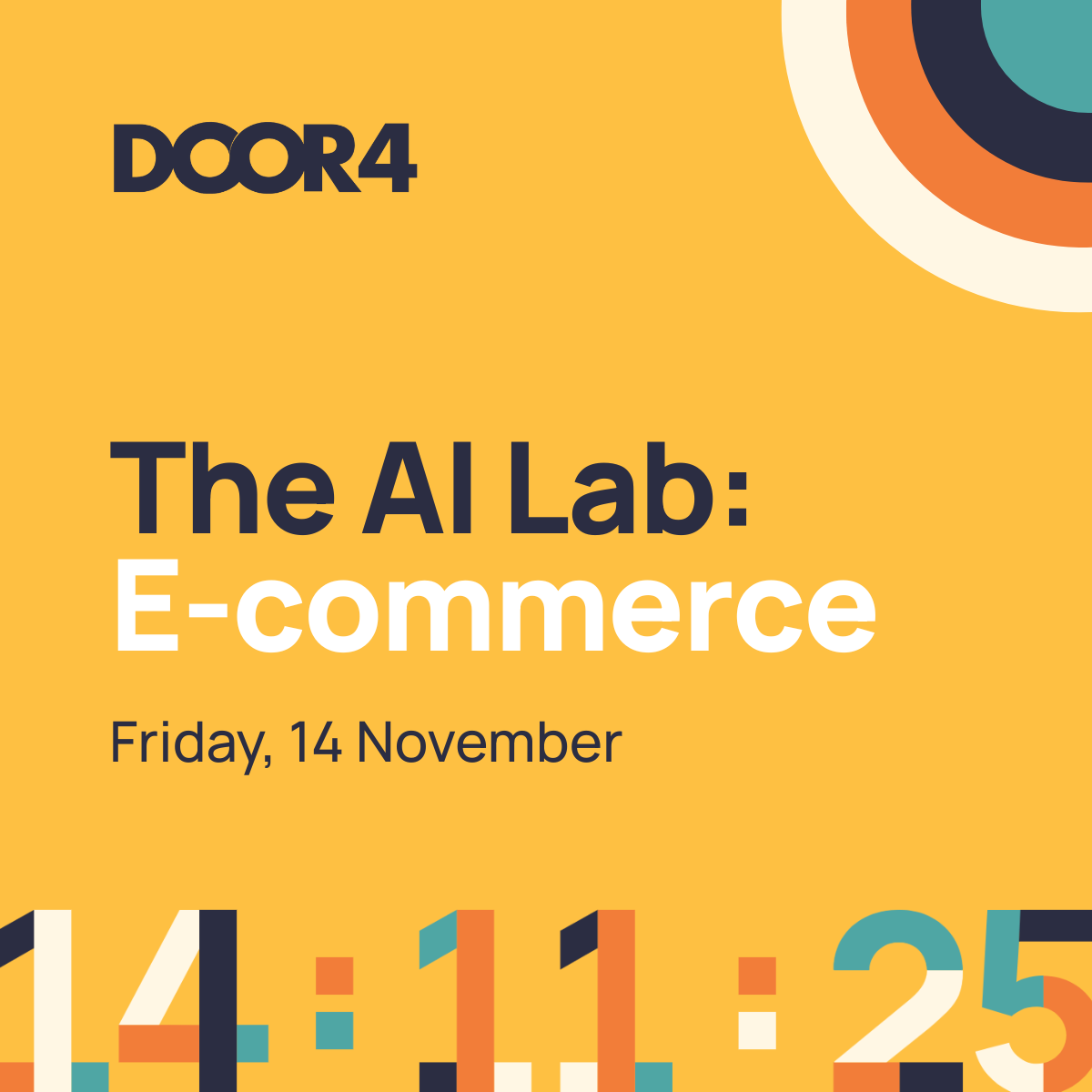Ready to explore the possibilities?
Request a quick call with our team to find out how the Innovation Explorer program can help your business take its next big leap into AI and automation.

The Rise of Generative AI in Content Production: A Marketer’s Perspective
Generative AI, a term once reserved for tech aficionados, has swiftly become a hot topic in marketing circles. As part of a home and garden marketing agency specialising in advertising and experience, I’ve watched AI’s transformation from novel to necessary in content production with fascination.
The roots of “genAI” stretch back to the 1950s, yet it was the debut of models like OpenAI’s ChatGPT in late 2022 that truly revolutionised accessibility and application. At its core, generative AI leverages large language models to produce human-like text and imagery, offering marketers a tool capable of crafting content that’s both engaging and efficient. Its ability to generate high-quality content from simple prompts hails a new era, where bespoke advertising art can be created without intensive manual labour.
The advantages for marketers are abundant. Generative AI offers scalability and personalisation like never before. Imagine producing thousands of consistently branded product descriptions or blog posts tailored to individual consumer needs in a mere fraction of the time. Brands like Reebok are already experimenting, allowing customers to use generative AI to design one-of-a-kind products for digital experiences. Such applications not only keep audiences engaged but also foster a sense of ownership and brand loyalty.
Yet, as with any technological surge, we must tread carefully. One downside is the potential for over-reliance on AI. Could the human touch we pride ourselves on in marketing be at risk of dilution? There’s also the risk of errors — AI-generated content is only as reliable as its training data, which can sometimes lead to embarrassing or even damaging mistakes.
Then there are ethical concerns. Brands must maintain transparency around AI use to prevent misleading customers or undermining the authenticity consumers crave. Moreover, while AI can produce content at scale, there’s always a danger of homogenisation — should uniqueness and creativity suffer, consumers may become disengaged.
Despite these concerns, the overarching narrative is one of optimism. Generative AI is not here to replace the marketer but to augment our capabilities. By embracing AI tools thoughtfully, we can enhance creativity, efficiency, and strategic decision-making — the holy trinity of modern marketing.
As we venture further into the digital age, the marketers who will thrive are those who see AI not as a threat but as a complementary tool. Our challenge lies in striking the perfect balance between machine and man. How will you leverage AI’s potential without losing the personal touch that defines your brand’s voice?
Resources and inspiration:
1. Vogue Business – https://www.voguebusiness.com/story/technology/brands-are-unleashing-generative-ai-design-tools-for-customers
2. Forbes – https://www.forbes.com/sites/stephanegirod/2024/05/24/how-luxury-brands-bet-on-generative-ai-to-solve-old-and-new-challenges/
3. Hotel Marketer – https://hotelemarketer.com/2023/09/10/5-brands-using-generative-ai-to-disrupt-advertising/
4. TechTarget – https://www.techtarget.com/searchenterpriseai/tip/Generative-AI-ethics-8-biggest-concerns/
5. Toloka – https://toloka.ai/blog/history-of-generative-ai/
Door4 opinions and insight.
We have a lot to talk about.Our latest articles, features and ramblings.
We explore performance marketing, AI, communications and optimisation.








